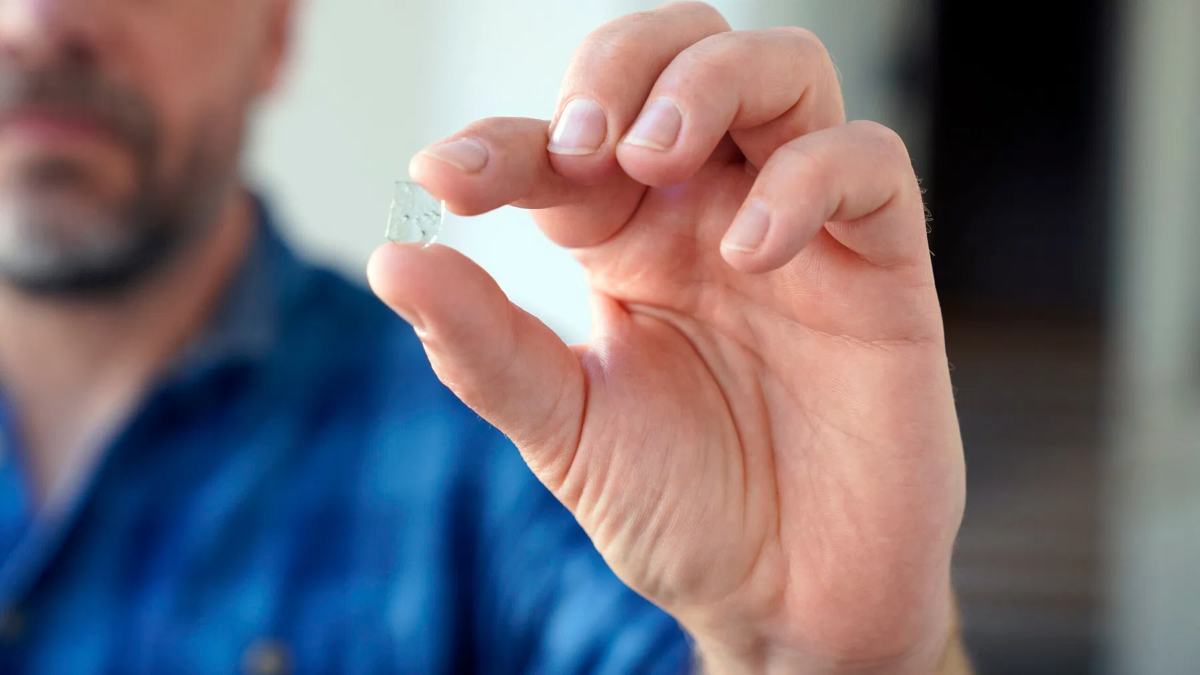That spider you squished? it may had been used for technology!
at least, that's what Faye Yap and Daniel Preston think. Yap is a mechanical engineering PhD scholar in Preston's lab at Rice college, where she co-authored a paper on reanimating spider corpses to create grippers, or tiny machines used to pick out up and put down delicate objects. Yap and Preston dubbed this use of biotic materials for robotic parts "necrobotics" – and suppose this technique ought to at some point become a cheap, inexperienced addition to the field.
all of it commenced while Yap observed dead spiders curled in the corners of the lab sooner or later. Why did they die on their backs with their legs curled in?
The query led her down a classic spiral of medical curiosity.
"We did a truely short seek online and we located that spiders do now not have hostile muscle pairs," she said. "as a substitute they rely upon flexor muscles to twist their legs inward towards their body and hydraulic strain to extend their legs outward."
on the grounds that Preston's lab makes a speciality of tender robotics, they noticed the spider biology as suggestion for a pneumatic gripper, or claw-like tool. however as opposed to a conventional metallic claw, they used some thing an awful lot spookier: a spider corpse.
whilst spiders die, their muscular tissues demanding up.
"So when the spider is alive, it may actively manipulate the valves in every leg too, so that it may have this on foot movement. but when it dies, it loses the control over these valves," Yap explains.
Yap questioned if she could re-impose control over the spider legs the use of compressed air.
The injected air pressurizes the lifeless spider's hemolymph (a rough analog of blood) that hasn't but dried up in the corpse. The hemolymph provides pressure to the joints, developing a claw-like grabbing movement.
And Yap says the test labored!
The "necrobots," as Yap and Preston name them, ought to choose up fragile substances like wires or even different spiders as much as a hundred thirty% extra huge than the reanimated spider grippers.
Preston says this was the first time a complete animal become used as a robot.
"we've visible researchers use, for example, feathers from a fowl for robotics programs," he says. "other than that, we are now not privy to human beings using biotic materials."
however past the novelty, Yap and Preston say the spiders are considerable, handy for researchers.
"Spiders, in this case, function a truly right source cloth due to the fact nature does all of the paintings for us," Preston says. "We don't ought to construct this pneumatically actuated gripper from scratch. We just use nature in this feel to reap the spider and use it for the gripper."
Spider corpses are also biodegradable, which Preston argues makes them better for the surroundings than different robotic elements – which often result in e-waste.
Yap and Preston are already seeing different researchers – and non-researchers – trying out the technique.
"someone reached out from Australia and said, 'We did this together!' It turned into a father and son duo. and they said, , we did this in our backyard and it surely worked on the first strive," Preston says. "So it is no longer simply scientists, it seems."
So maybe the next time you see a spider curled up within the nook, recollect channeling that panic into technology.Prosecutors in Berlin said Tuesday they've closed their research into the astonishing fall apart of a massive aquarium remaining December after an professional document didn't pin down a reason why the tank burst.
The AquaDom aquarium, which stood in a resort lobby within the center of the German capital, burst inside the early hours of Dec. 16, sending 1 million liters (264,000 gallons) of water gushing into the building and the road outdoor. human beings had been barely injured.
Prosecutors stated they have got closed an research of humans unknown on suspicion of causing physical harm through negligence after evaluating the export record, commissioned with the aid of the building’s proprietors, which they obtained on Oct. 6.
Its creator, engineer Christian Bonten, has supplied 3 theories however said there was no clear evidence to prove any of them.
The hypotheses have been that an adhesive seam holding collectively the cylinder can also have failed; that the tank might also have been broken by way of a dent in its base while the aquarium was modernized in 2020; or that the tank can also were refilled too overdue after that modernization, drying the acrylic glass partitions out too much.
Prosecutors stated in a statement that since the motive couldn’t be pinpointed, that they had no cause observe in phrases of who might be accountable. They stated there had by no means been any suspicion of a planned act.
The aquarium first opened in 2003. There are not any plans to rebuild it.
authorities have stated that almost all the 1,500 fish that have been internal at the time of the rupture died however “a few fish at the bottom of the tank” were saved. approximately 400 to 500 by and large small fish from a separate set of aquariums housed below the lodge lobby have been evacuated to different tanks in a neighboring aquarium that was unaffected.
)



























